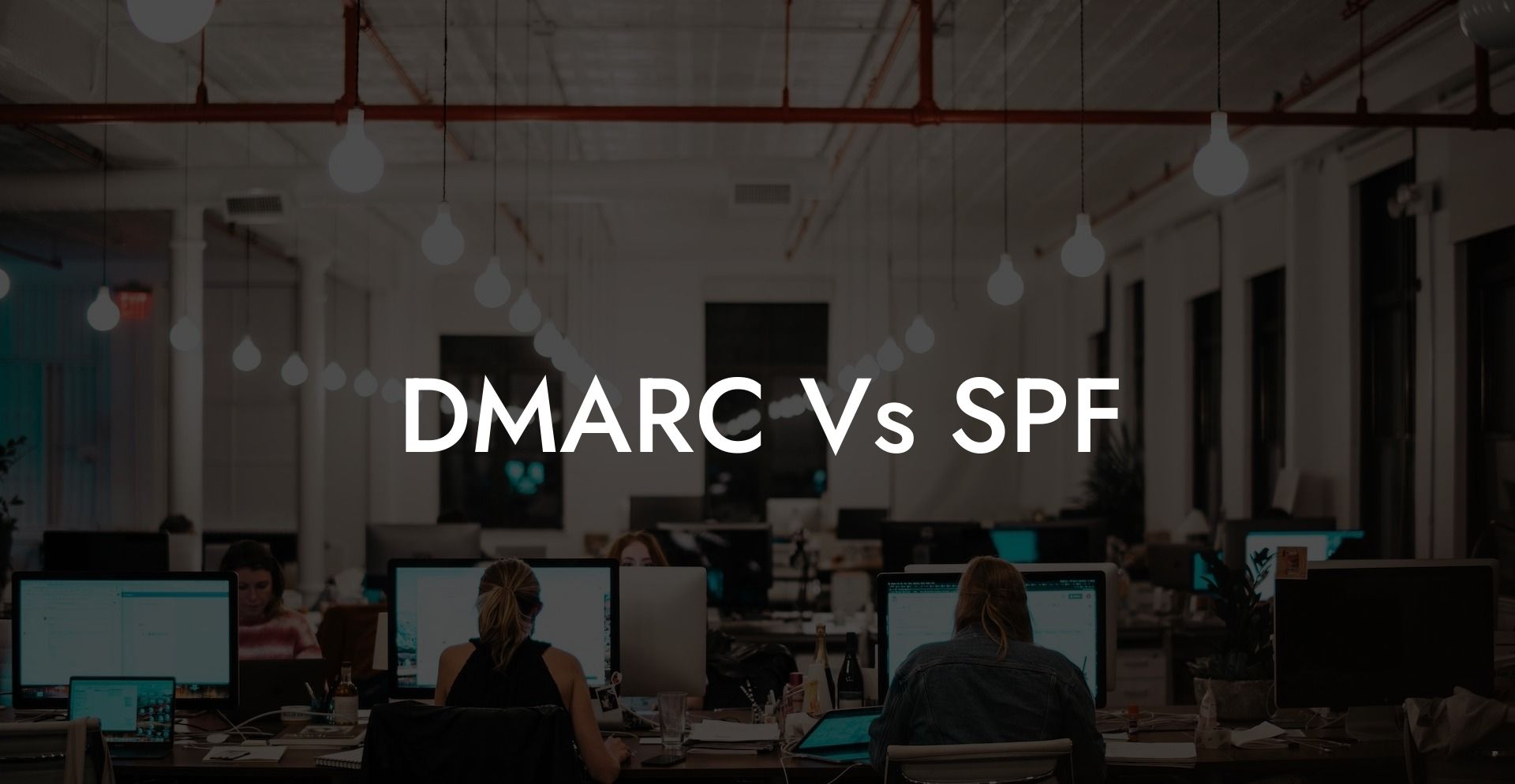The world of cybersecurity is constantly evolving, and businesses need to stay informed about the latest protection mechanisms available. When it comes to securing email systems and preventing phishing attacks, two significant technologies come to mind – DMARC and SPF. In this comprehensive guide, we'll break down the differences, benefits, and drawbacks of both DMARC and SPF to help you gain a more in-depth understanding of these crucial tools.
DMARC Vs SPF Table of Contents
What is DMARC?
DMARC, or Domain-based Message Authentication, Reporting, and Conformance, is an email authentication protocol that helps combat email fraud. It enables domain owners to specify their email authentication policies and provides a mechanism for receiving feedback on their policy enforcement.
How Does DMARC Work?
Protect Your Data Today With a Secure Password Manager. Our Top Password Managers:
DMARC operates by checking the alignment between two primary authentication methods: SPF (Sender Policy Framework) and DKIM (DomainKeys Identified Mail). When both SPF and DKIM pass, and the alignment is correct, DMARC policy enforcement takes place. Domain owners can then choose how to handle messages that fail DMARC checks, such as quarantining the email, rejecting it outright, or allowing it to pass with no action.
What is SPF?
SPF, or Sender Policy Framework, is an email authentication method designed to detect and block email spoofing. It verifies the sender's IP address with the allowed IPs for the domain listed in the DNS records.
How Does SPF Work?
When an email is sent, the receiving mail server checks the sender's IP address against the published SPF record in the domain's DNS. If the IP address is included in the allowed IPs, the SPF check passes, indicating that the email was sent from a legitimate source. If not, the check fails, and the email may be marked as spam or rejected entirely.
DMARC Vs SPF: The Key Differences
- Functionality: DMARC builds upon and requires both SPF and DKIM authentication, whereas SPF is a standalone email authentication method.
- Feedback Reports: DMARC provides domain owners with detailed feedback on the effectiveness of their authentication policies, while SPF does not offer such a reporting mechanism.
- Policy Enforcement: DMARC allows domain owners to define how messages that fail DMARC checks should be handled, whereas SPF only provides a pass or fail result.
Which Should You Choose?
Both DMARC and SPF are essential tools for keeping your email secure, but they serve different purposes. Since DMARC relies on SPF and DKIM to authenticate emails, it is not a matter of choosing one over the other. Rather, you should implement both SPF and DMARC to effectively authenticate your emails and protect your domain from phishing attacks.
DMARC Vs SPF Example:
For example, consider a company called "ABC Corp" with the domain "abc-corp.com." ABC Corp decides to implement SPF and creates a DNS record listing the allowed IP addresses that can send emails on their behalf. This will help prevent unauthorized senders from impersonating their domain.
To further increase their email security, ABC Corp also implements DMARC and specifies a policy of "quarantine" for emails that fail DMARC checks. This means that if an email fails SPF, DKIM, or both checks, it will be quarantined and flagged for further review. By having both SPF and DMARC in place, ABC Corp significantly reduces the risk of email spoofing and phishing attacks targeting their organization.
Understanding and implementing DMARC and SPF are critical steps to ensure your organization's email security and safeguard against cyber threats. By leveraging the power of both authentication protocols, your business can better protect against email fraud and strengthen overall cybersecurity. We encourage you to share this guide with your colleagues and explore other resources available on Voice phishing to build a secure and robust email ecosystem for your organization.
Protect Your Data Today With a Secure Password Manager. Our Top Password Managers:















